Google announced it well in advance, and today is the day: unlimited free storage for photos and videos in Google Photos is ending. They now count towards the 15GB limit within Google Drive. That is, if you record them in maximum quality. Before, I could be nervous about it and decide what to do with it, today I don't really care.
Google launched this service in 2015. But even for iOS users, Google Photos is definitely useful. Especially if you're not surrounded exclusively by iPhone and Mac users. If you're switching from Android to iOS, you can use the Move to iOS app to transfer photos from your phone to the Photos app on your iPhone. Which is definitely fine if you're not using the Google Photos app.
It could be interest you

If so, you can disable this option when transitioning and only your contacts and other stuff will be transferred, with the photos only downloading after you sign in to your Google account in the app. Even on the new iPhone, you can have all the photo content you took on your previous Android platform with you, and of course you will also see all your shared albums. And that's exactly what I'm using the app for. If it's a joint event, individual participants simply add their images and you have access to all of them. Of course, Apple also offers shared albums, but it is limited only by its platform. Here you have it regardless of the phone brand.
If you know you have a gallery full of ballast that deserves oiling, visit Google website, which after logging in will tell you how you are actually doing with that capacity. You can directly buy a subscription here, but you can also view and immediately delete the ballast - quickly, clearly and elegantly. Here, Google offers the option to get rid of blurry photos that its algorithm has marked as such, as well as presenting you with large photos and videos or unnecessary screenshots.
Google Photos in the App Store
It used to be a different time
I used to care about the quality of the photo, before I wanted to have the largest data capacity. I used to also organize a mobile photography exhibition where every flaw in the image could be seen. It used to be 2016 and most of the images came from the iPhone 5 and were already of such quality that they could be printed on a large format. I use iCloud these days, and these days I don't really care what quality the photo is stored in.
I know from personal experience that it doesn't matter at all when printing physical photos intended for an album. It doesn't really matter when printing photo books, even if you put one photo on an A4 page. Photo quality these days is quite sufficient for everyday work, no matter what iPhone you shoot with and no matter what storage you save. Of course, this does not apply to professional photographers and those who need to work with photography in some way. But it doesn't have to burden other mortals.
It could be interest you
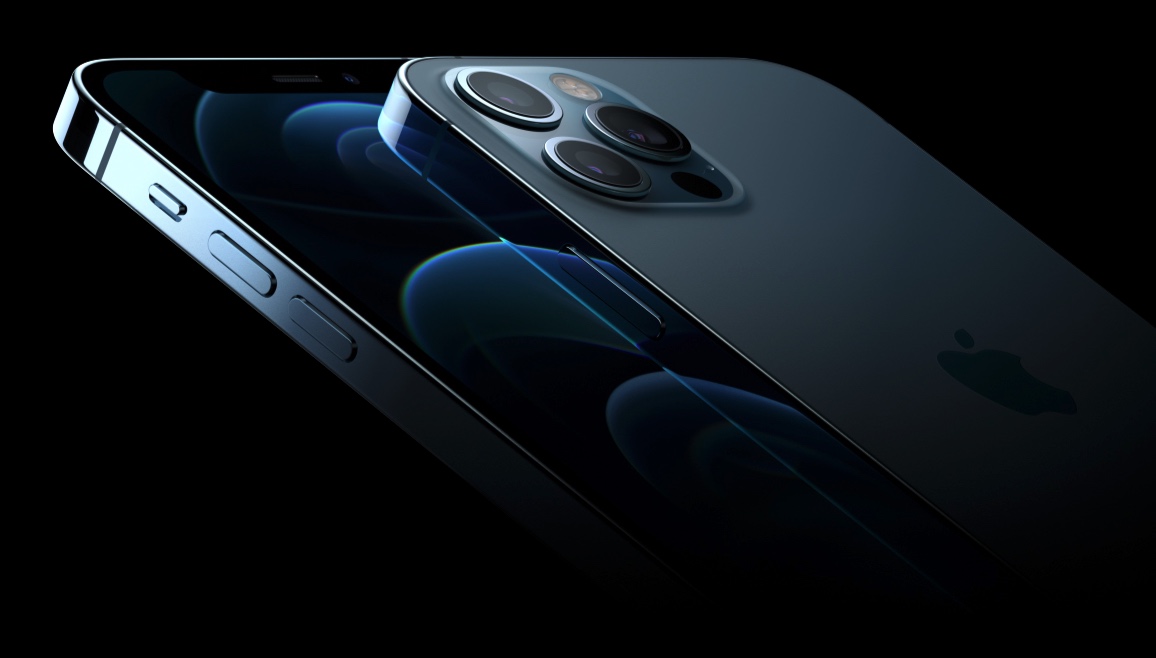
With peace of mind, I can store content on Google Photos in such a quality that they are not included in the total volume available for free. The 15 GB is only taken by those images that are recorded in the original high quality. And since I already pay for iCloud and OneDrive, I really don't want to pay much for another cloud. Sorry Google, I'm not jumping on this game for you.
 Adam Kos
Adam Kos 
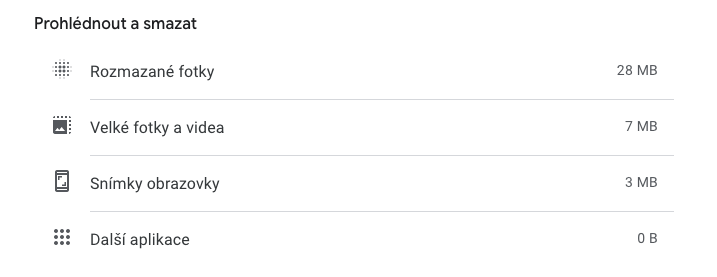

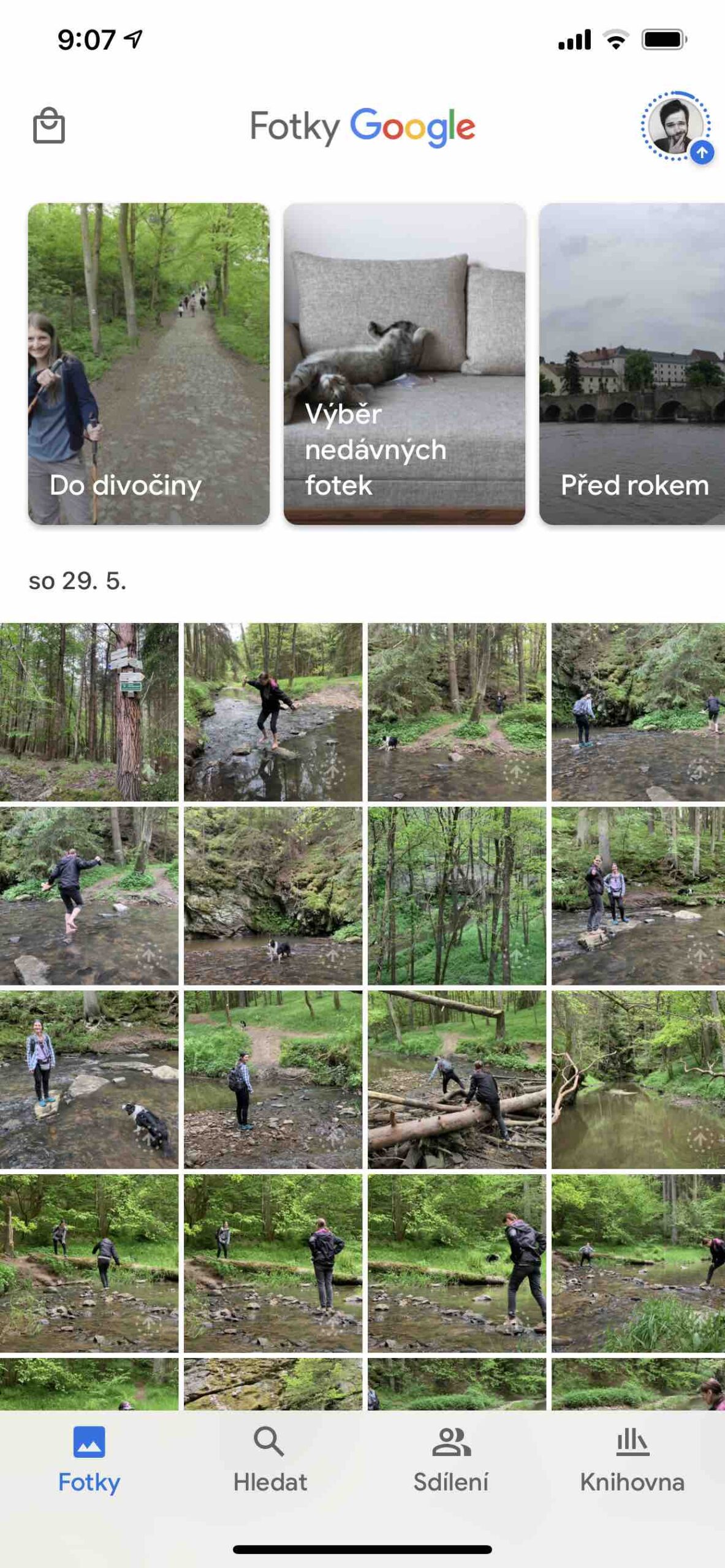
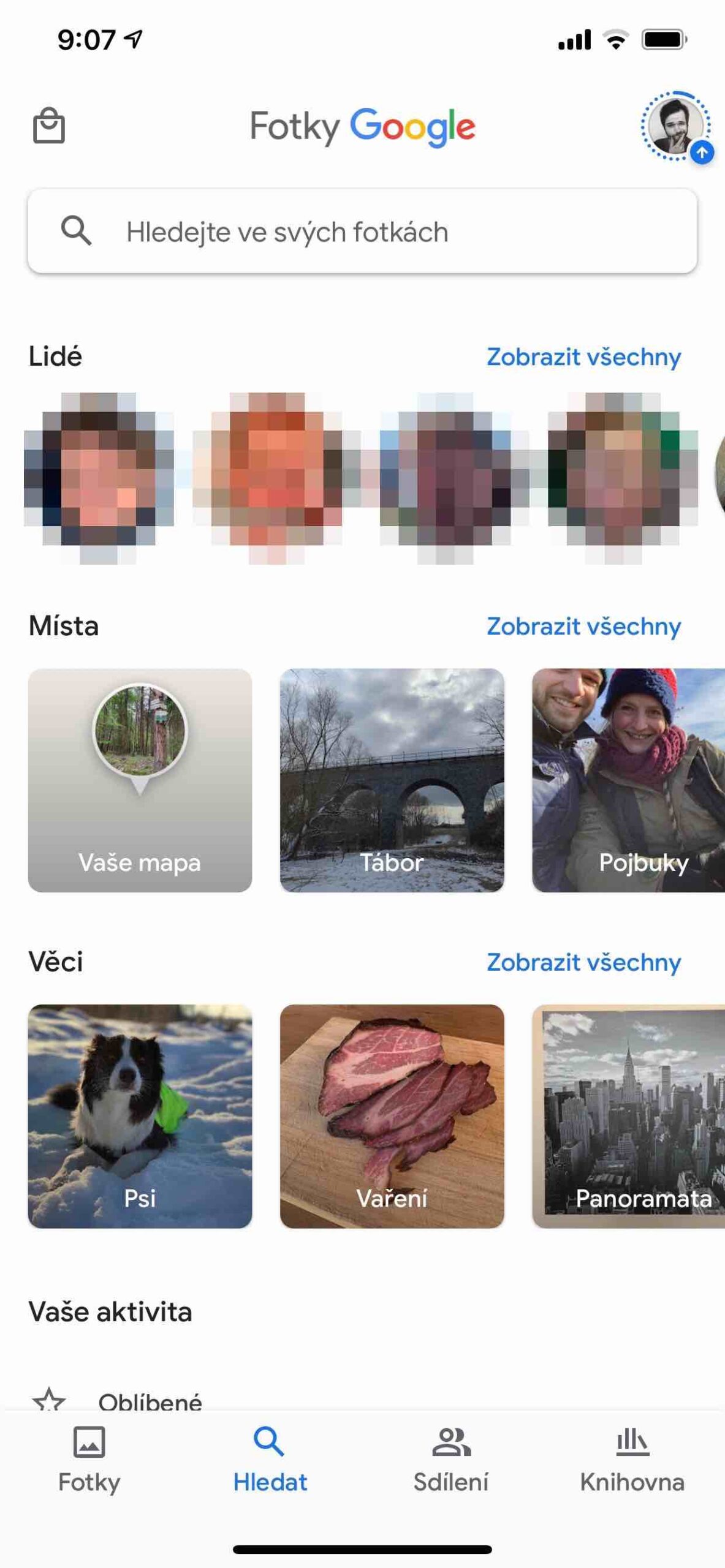
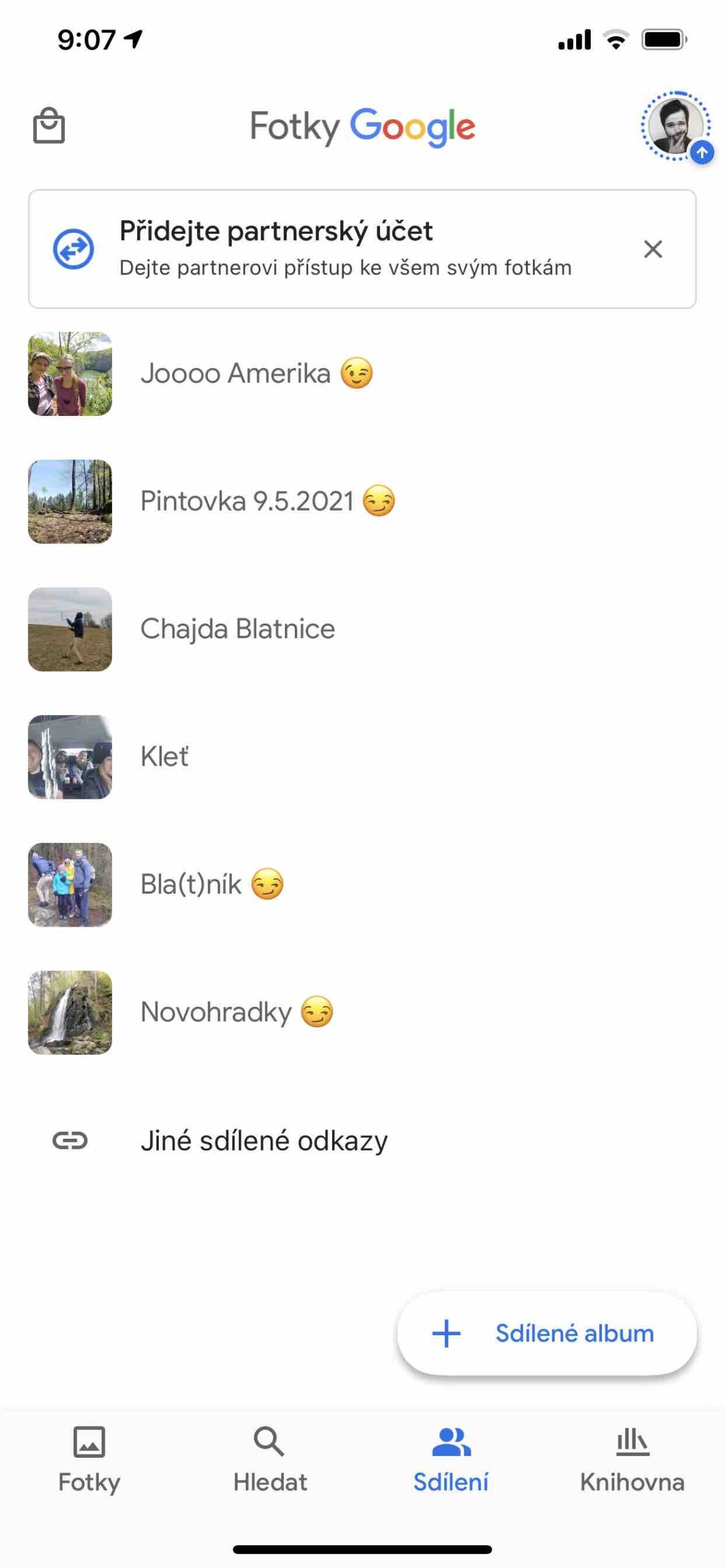
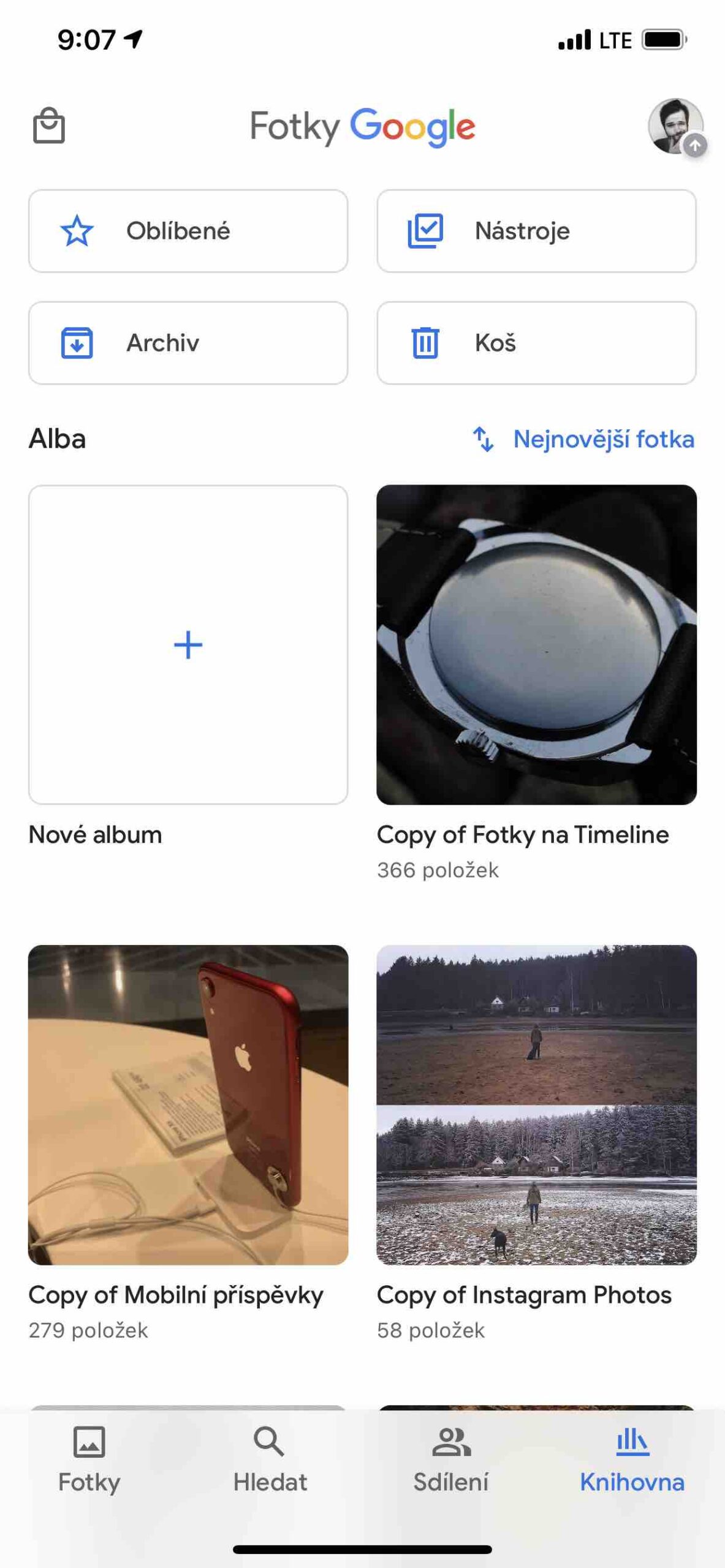
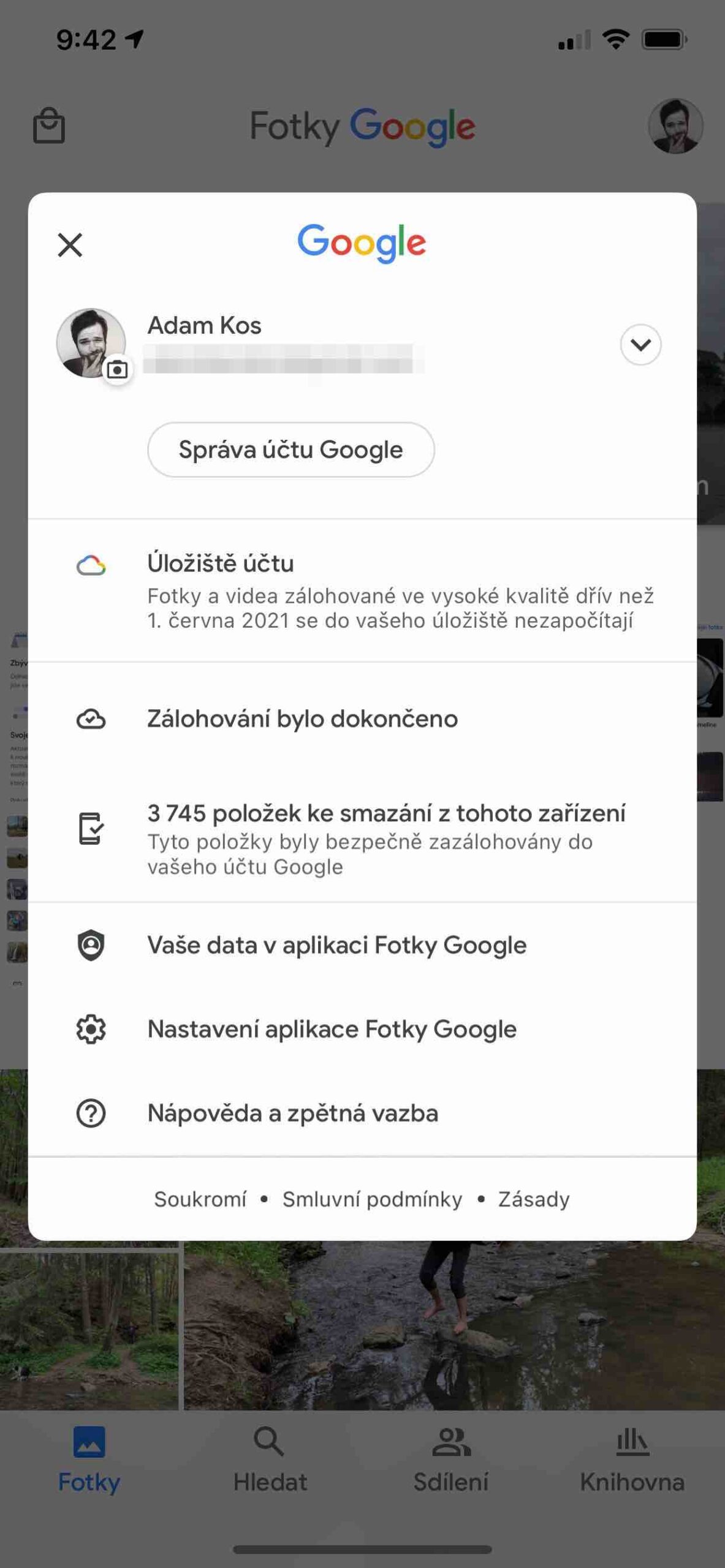
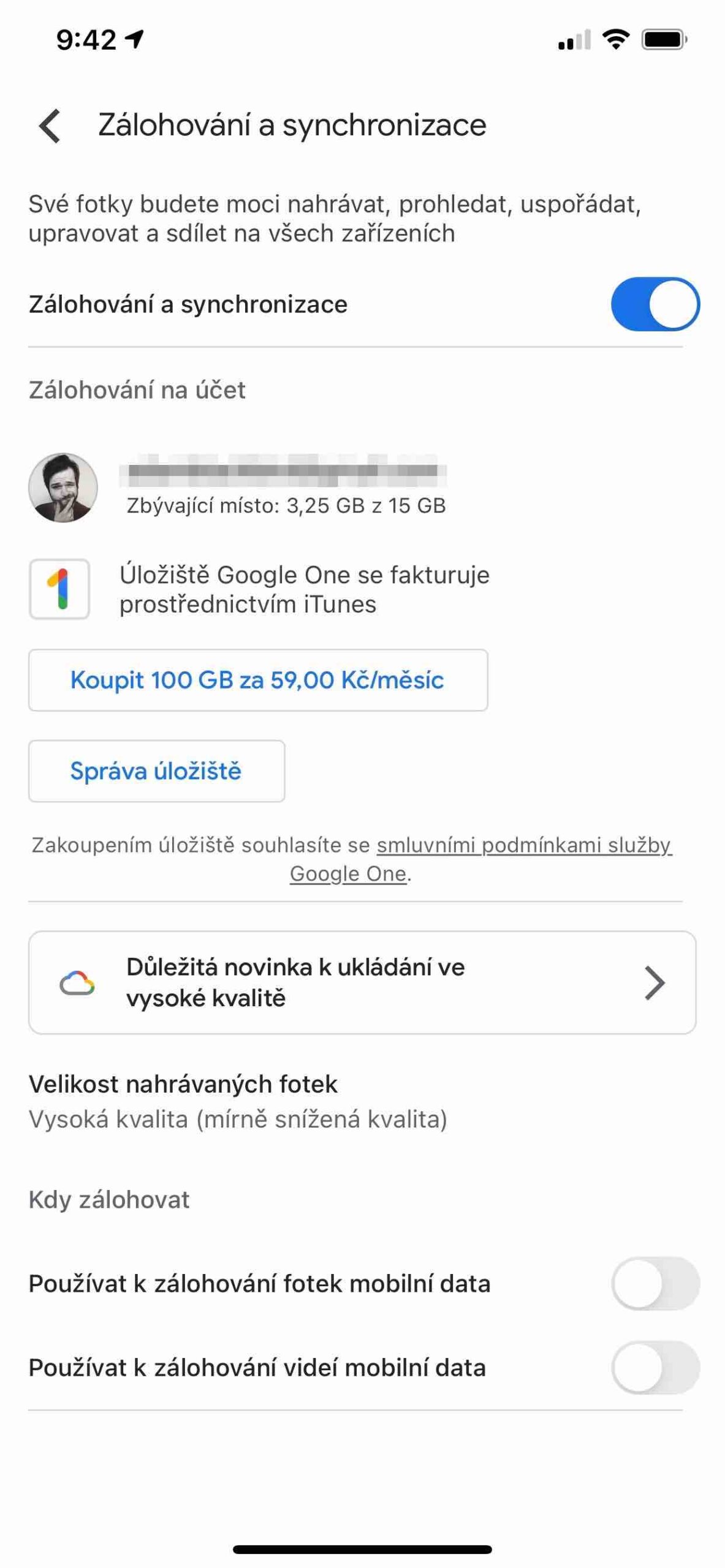

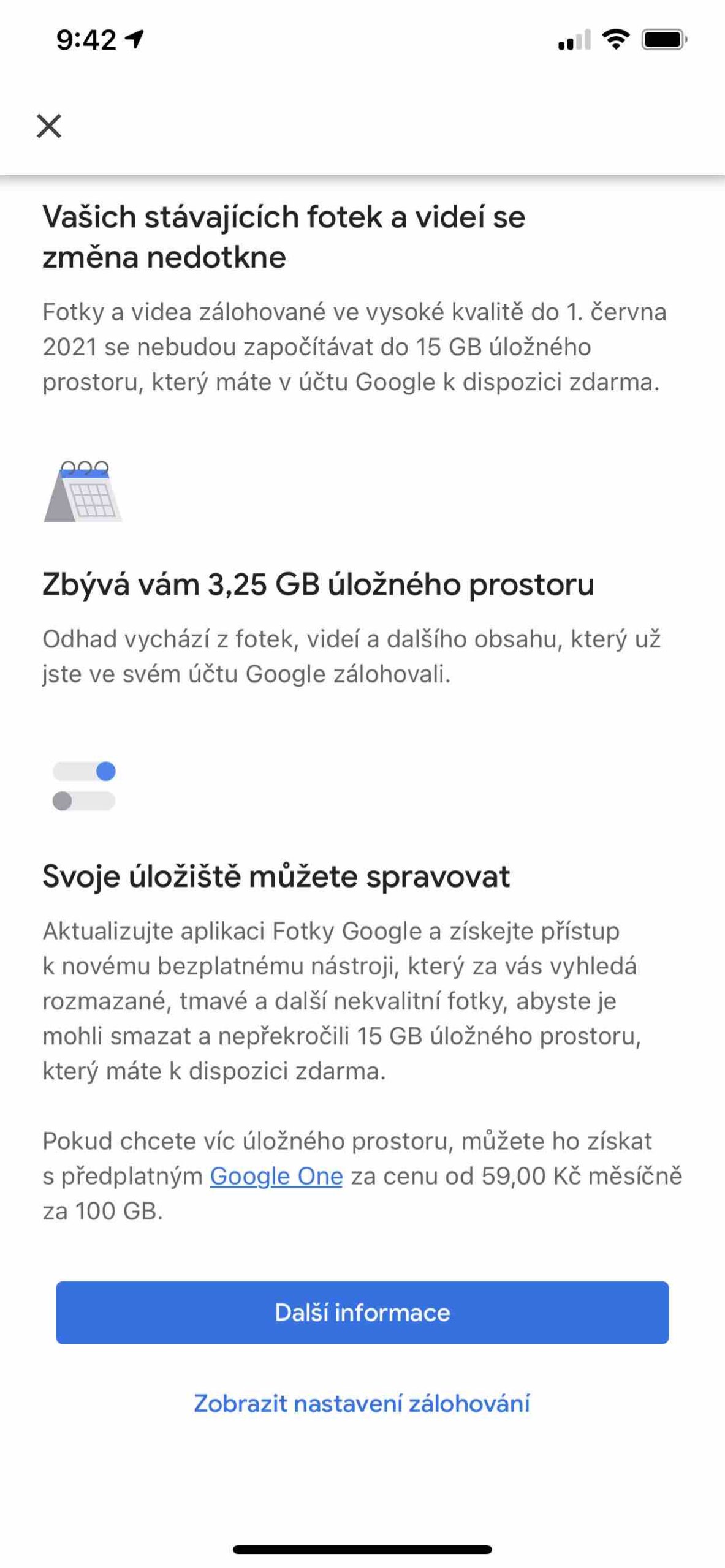
I am afraid that the author did not understand the principle of the change, as of today, even photos that are not uploaded in the original quality will be deducted from the Google storage capacity. I use iCloud, I use a backup to my home NAS. These services are primarily for photo backup. But I don't have Google Photos primarily for backup purposes, the added value for me is the management of photos, the ability to search in them, which is significantly better than iCloud or Synology. Therefore, when I run out of space there, I will pay for it.
Exactly, completely misguided and confusing article. I don't understand how someone can write something like that.